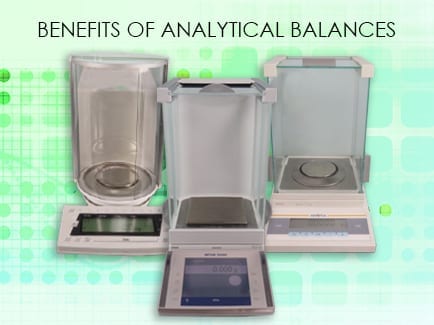Benefits of Analytical Balances
Balances are a common feature in many laboratories, but when it comes to collecting very precise measurements of very small samples, nothing compares to an analytical balance. With a readability range between 0.1mg-0.01mg, they are able to detect smaller variations in mass than their higher capacity counterpart – the precision balance.
While analytical balances are a no brainier for laboratories that need extremely precise measurements, there are some additional benefits depending on the features and functions of the model used. Counting and check counting applications can be useful when counting pills, ingredients, or very small pieces. Dynamic weighing allows users to measure unstable samples – from liquids to small animals – while percentage weighing options can be used to more quickly and accurately calculate a sample’s weight percentage.
All of these applications help laboratories maintain, and possibly even improve, good laboratory practice (GLP). Ensuring uniformity, consistency, reliability, reproducibility, quality, and integrity is required of all chemical non-clinical safety test and, in the United States, is regulated by the Food and Drug Administration (FDA) in 21CFR58. Not only does the precision of an analytical balance make this easier to accomplish, accumulation features allow users to accumulate data over time without having to put all of the product on the balance at the same time. To assist with GLP compliance, many analytical balances offer a GLP compliant printout feature, which not only saves users time by automatically filling relevant fields, but ensures their work is meeting the correct quality control standards.
To see our line of analytical and digital balances, click here.














